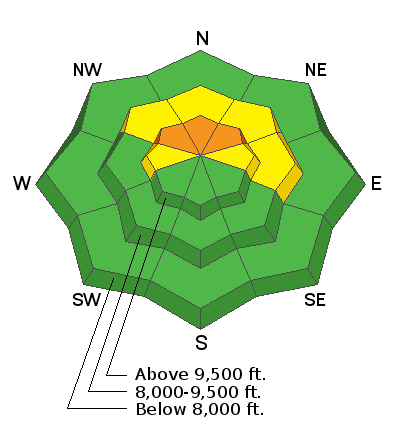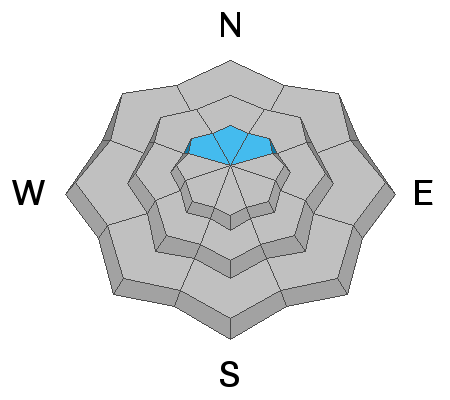Forecast for the Skyline Area Mountains

Issued by Brett Kobernik on
Tuesday morning, March 22, 2022
Tuesday morning, March 22, 2022
A CONSIDERABLE avalanche danger exists on steep slopes above 9500' that face northwest, north and northeast.
Human triggered avalanches breaking 3 feet deep in these locations are likely.
Fresh deposits of wind drifted snow in these areas have increased the chances for triggering a dangerous avalanche.

Low
Moderate
Considerable
High
Extreme
Learn how to read the forecast here







